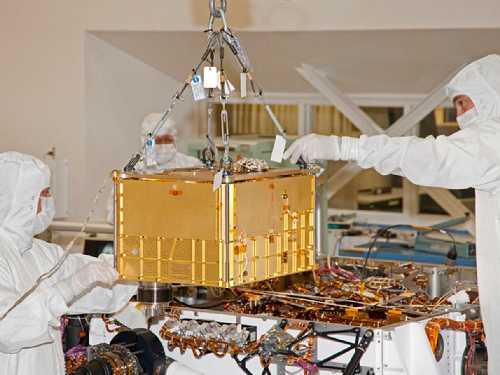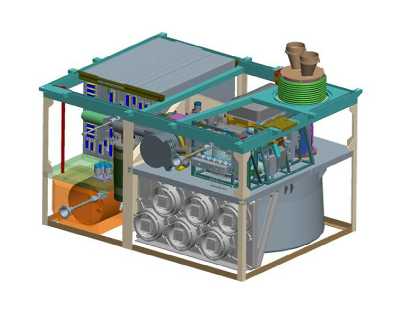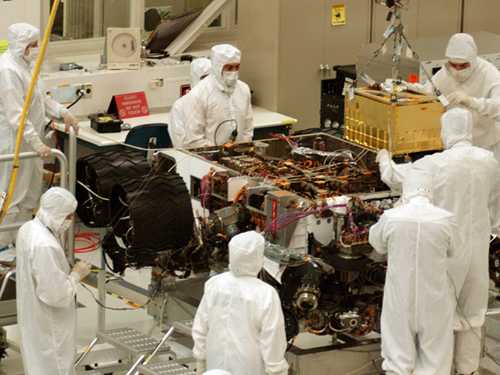LAKEPORT, Calif. – A judge's decision on whether or not a man will stand trial for the January 2010 murders of a Maine couple is expected Friday morning.
Judge Richard Martin will reconvene session in Lakeport at that time and announce his decision in the case of 30-year-old Robby Alan Beasley.
Beasley is accused of shooting Frank and Yvette Maddox to death on Jan. 22, 2010. The couple had reportedly come to California to do marijuana trimming in Beasley's growing operation.
He is facing two counts of murder and special allegations of committing multiple murders in the first or second degree, committing the offenses with the intent to inflict great bodily injury on the victims, using a 9 millimeter firearm and having a previous felony conviction in Maine for criminal threatening with a firearm.
Beasley is alleged to have tricked the Maddoxes into giving him a ride to the airport, directing them down Morgan Valley Road near Lower Lake and asking them to pull over where, after a brief confrontation, he allegedly shot them both.
Testimony alleges that Beasley drug their bodies down an embankment and shot them each in the head once more to make sure they were dead.
Some of that testimony was given on Tuesday by 28-year-old Elijah Bae McKay, Beasley's co-defendant in the case. McKay, also a former Maine resident, is facing two murder charges and several of the same special allegations. His preliminary hearing is expected to take place this spring.
The third day of Beasley's preliminary hearing at the Lake County Courthouse in Lakeport wrapped up early Thursday afternoon and included brief visits to the stand by three young women who arrived from Maine the previous day in order to testify.
Starr Larrabee, Yvette Colon and Maria Carrion gave testimony that, combined, totaled about 20 minutes.
Deputy District Attorney Art Grothe called Larrabee first. Larrabee testified to being friends with Yvette Maddox, who stayed with Larrabee for about a year while her husband was incarcerated.
Larrabee said Frank Maddox was released from custody in August of 2009 and later that fall she drove them to the bus stop on their way to California.
She and Yvette Maddox exchanged occasional phone calls after the Maddoxes came west, with Yvette Maddox telling her friend that one of the two numbers she gave her belonged to her “boss,” Beasley.
Larrabee said Yvette Maddox told her that both she and her husband had a job in California trimming marijuana, and “it was on the up and up.”
Frank Maddox told Larrabee that he was expecting to make $10,000 a month at the job, but Yvette Maddox told Larrabee a different story, saying at one point “they had no money to even eat.”
Yvette Maddox also told Larrabee about a fight she had with Beasley, who allegedly threatened her while Frank Maddox reportedly stood by and did nothing. Beasley allegedly told Yvette Maddox that if she didn't leave California she would be killed. According to Larrabee's recollection, that conversation occurred in January 2010.
Defense attorney Stephen Carter did not cross-examine Larrabee, nor did he question Colon when she came to the stand next.
Colon, Yvette Maddox's daughter, said she also was given a phone number belonging to Beasley to reach her mother once she came to California.
Yvette Maddox told her daughter sometime in December 2009 or January 2010 that she and Beasley had fought, with one of the issues being a laptop.
“He had threatened that she could be handled and he threatened her with a gun,” while Frank Maddox said nothing, Yvette Colon said.
“She was just scared,” Colon said of her mother.
The third and final witness of the day and the hearing's final overall witness, was Maria Carrion, who called Yvette Maddox her best friend.
It was after Yvette Maddox and her husband were in California for about two months that she told Carrion she was working “in a field” trimming marijuana, and that Beasley had threatened her.
Carrion said she spoke with Yvette Maddox between Jan. 20 and 22, 2010, at which time “she said that she was going to give Robby a ride to the airport, to the Sacramento Airport, because his grandmother had died.”
According to McKay's testimony on Tuesday, the story about Beasley's grandmother dying had been part of a ruse Beasley had planned to use in order to get the couple into a vehicle in order to shake them down.
Before hanging up the phone with Carrion, Yvette Maddox told her friend that if anything happened to her it was because of Beasley.
Carter's only question of Carrion was a clarification on the spelling of her name, and Grothe said he had no further witnesses.
Prosecution, defense argue hearsay exclusions
For the remainder of the morning, Judge Martin focused on considering Carter's request to strike all hearsay statements provided during the three days of preliminary hearing this week – including that provided by Larrabee, Colon and Carrion – regarding statements made to them by the Maddoxes.
Grothe has sought to have the statements included under a new California evidence code section that went into effect at the start of this month, and which is meant to allow hearsay in cases where a defendant in a criminal matter has prevented a witness – either through intimidation or another means, such as murder – from testifying. He said it also can address cases where a witness is claiming the Fifth Amendment right against self-incrimination.
Grothe said it was important to look at the whole background of why the Maddoxes were killed in making a determination on Carter's motion to strike, as he held the murders were a matter of preventing the couple from making statements to harm McKay and Beasley, which he believed made the hearsay admissible.
“The entire thrust of Mr. McKay's testimony was these folks aren't working out, they're doing drugs, they're causing trouble, they're mixing with the locals,” Grothe said, noting they were a threat because they were not controllable.
The final push for the murders came when Beasley came to believe they had stolen marijuana from him, Grothe said.
Grothe asserted that Beasley took action against the couple while they were alive and after they were dead in order to silence them. The murders were an attempt to silence, as was hiding their bodies off the road out of sight and moving their vehicle, he argued.
In addition to the three witnesses Thursday, Carter also wanted testimony stricken that was offered by Tyreshia Celestin-Willis and Elvin Sikes on Tuesday.
“All of the testimony?” asked Martin.
Carter said yes. “In terms of the testimony of each of those witnesses, almost all of it was about these hearsay statements” from one of both of the Maddoxes, Carter said.
He said the easiest way to handle the matter was to strike all of the testimony, rather than having to go through all of it.
Citing case law, Carter said the courts have “deep respect” for the confrontation clause, which provides a defendant the opportunity to question their accuser. He noted that only in time of dying declarations or when there is evidence of a defendant's attempt to procure a witness' absence are exceptions made, as the defendant should not benefit from wrongdoing.
But Carter worried that if everyone charged with murder was accused of trying to prevent a witness' testimony, it would open the door to every potential bit of hearsay. “How could we open up that door when it would obviously violate the confrontation clause?”
Carter said at the time of the Maddoxes' deaths, there was no criminal case pending against Beasley in which the Maddoxes were involved. Carter said of Grothe's case on the evidentiary rule, “It's an interesting argument but I don't think it's at all in line with the law.”
Martin said he didn't intend to strike the testimony, but rather to not consider hearsay evidence when making his decision in the case.
Carter maintained, “Hearsay should be stricken. It shouldn't be left in the record.”
Martin clarified. “Some of the testimony did not constitute hearsay and did not involve the issues we're discussing here,” explaining he was trying to distinguish between what was harmless and what was hearsay.
Carter asked for a record to be created of what evidence will be allowed to stay, which Martin said he would do.
“I will be specific as to which areas of testimony where your objections are sustained and which are not,” said Martin, which he added would allow an appellate court to look at the case later.
Martin went over the case law he researched during a morning break, and distinguished between the kind of “testimonial” evidence law enforcement officers might take during an investigation and statements to friends like those given in Beasley's preliminary hearing.
“Here we have the individual that is killed not talking to police but talking to a few friends and not doing anything to have police intervention and have this testimonial atmosphere,” he said, pointing out that such testimony is less reliable than it is when a person is aware that it will be brought into a court.
He explained the reasons for not accepting hearsay and the long record of not doing so in US common law. “For that reason the court is willing to grant Mr. Carter's motion.”
Grothe suggested that one of the statements given in testimony by Celestin-Willis, in which she had recounted Yvette Maddox telling her she had been threatened by Beasley with “coming up missing,” could be considered an “excited utterance” and would therefore be admissible on its own merits.
Martin said there were portions of statements from the witnesses who gave hearsay that included observations those witnesses actually had made. He said he wouldn't allow the statement as an excited utterance, but would allow Celestin-Willis' testimony about Yvette Maddox hiding in her house when her husband drove up.
As the session wrapped up on Thursday, Martin said he planned to go through the testimony and distinguish what would and would not be allowed, and on Friday would offer his conclusions along with his decision on whether or not Beasley would stand trial for the murders.
E-mail Elizabeth Larson at This email address is being protected from spambots. You need JavaScript enabled to view it. . Follow Lake County News on Twitter at http://twitter.com/LakeCoNews , on Facebook at http://www.facebook.com/pages/Lake-County-News/143156775604?ref=mf and on YouTube at http://www.youtube.com/user/LakeCoNews .


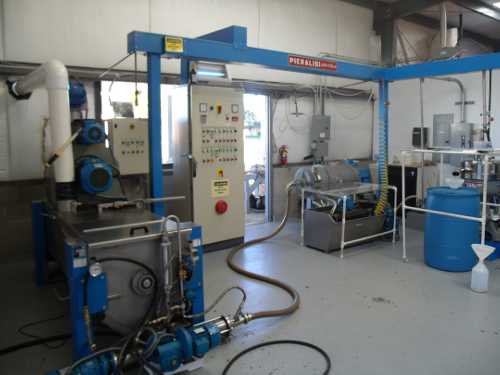
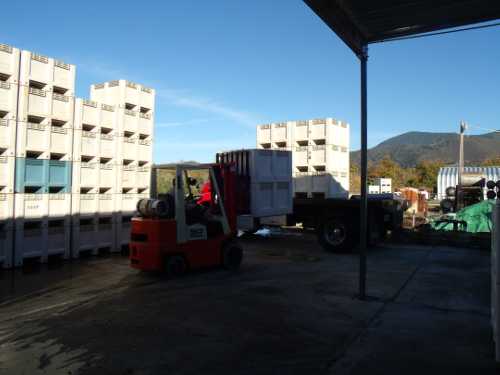
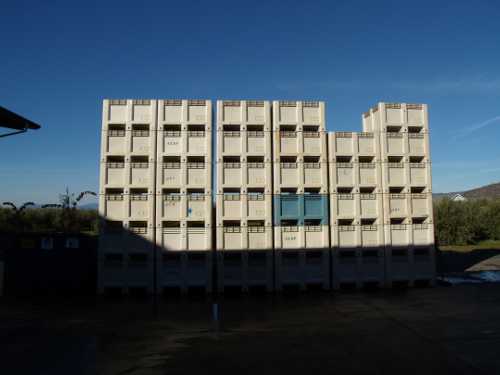

 How to resolve AdBlock issue?
How to resolve AdBlock issue? 
